From The Boarder, Issue 4, July 1961
FRANCE 1960
On board the TSS Halladale we took our last glance at England and then set foot on French soil. France! land of poets and music, of wine and song, of countless battles – and now this land was ours for the last fourteen days of August 1960.
The camp sites were good, the shopkeepers were friendly, the castles and churches numerous, the roads were…..well, typically French.
Our route took us from Calais to Paris via Amiens, at which place the photographers took advantage of the sun and the lovely cathedral, built in a style to be repeated many times at Paris, Chartres, Bayeux and Rouen, although none of these reached the splendour of Amiens.
Paris! With P. Johnson and myself as co-drivers of the two cars we saw the city, stopping at cafes, its shops, its monuments, such as the Eiffel Tower and the Arc de Triomphe, its churches of Notre Dame and the Sacre Coeur, and we received a brief and general impression of life in a foreign city.
We went from Paris to Versailles, to Chateau Brun, along Loire valley, to Le Mans, and then spent a few days in the Suisse Normande. Normandy is very hilly and scenery is superb. In this area butter and milk are very cheap and so featured prominently in our cooking experiments. In Normandy we found time to dine with friends and we ate solidly for nearly three hours! The exact number of courses is unknown; according to R Greenaway and B Slater it was between eight and twelve. Anyway it was a lot and it was good.
At Grenville we camped on the same beaches that saw the invasion of June 1944. But now they seem very peaceful. we made a trip to Mt. St. Michel by its only approach by land which is surrounded with quicksand and then went to Bayeux, made famous by its tapestry which was woven by Matilda, wife of William the Conqueror. we also saw the birthplace of William at Falaise. Rouen, where Joan d’arc was burned was our last visiting place and then we were on the road for Calais and home.
We said goodbye to France on the French ship Compiegne and were soon back in England, where they drink tea instead of wine and sell apples at 1/6d a pound instead of grapes at about 1/6d for over two pounds. But at least the roads were better.
And here are some illustrations of their journey through France.
Calais
In this life-size statue of these men, Rodin dwells on their feelings or gestures, and on the way their shirts hang. Instead of putting them up on a pedestal, he represents them among us, humble and level with us. After the victory at Crécy (26th of August 1346), king Edward III of England established in front of Calais a bridgehead where he set up his Court, entertaining his people with festivities while patiently besieging Calais. He thus managed to starve the inhabitants into surrendering on the 4th of August 1347.
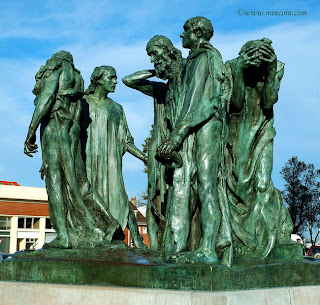 |
| The burghers of Calais with ropes round their necks. |
Six local worthies, the so-called Burghers of Calais, namely Eustache de Saint-Pierre, Pierre and Jacques de Wissant, Jean d’Aire, Jean de Fiennes and Andrieux d’Ardres gave themselves up as hostages in order for the King to spare their surviving fellow-citizens. But his wife, Queen Philippa of Hainaut, eventually prevailed upon the King to pardon the brave hostages ready to be hanged. The inhabitants were nevertheless driven out of Calais, which remained an English Town until it was taken back by François de Guise in 1558.
Rodin’s memorial was inaugurated on June 2nd. 1895 on the place where there had been ramparts, mostly pulled down after the union of Calais and St-Pierre.
Amiens Cathedral
Paris – Sacre Coeur
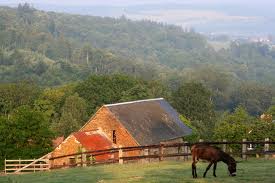.jpg) |
| Suisse Normande |
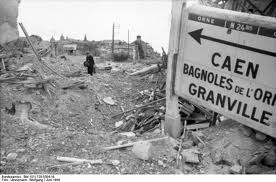.jpg) |
| Granville invasion |
Mt St Michel
Bayeux – tapestry (Section) by Matilda – wife of William the Conqueror
Rouen – Joan of Arc


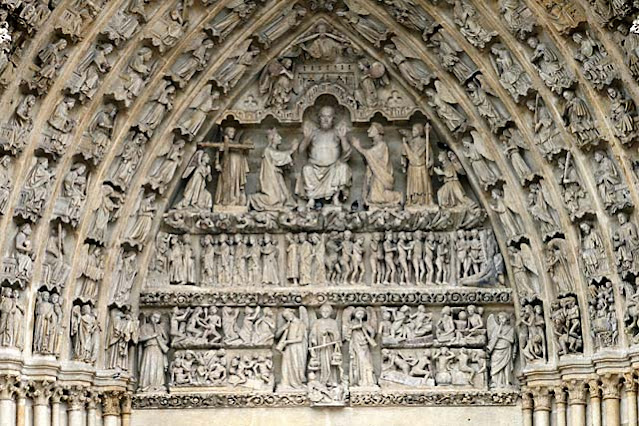
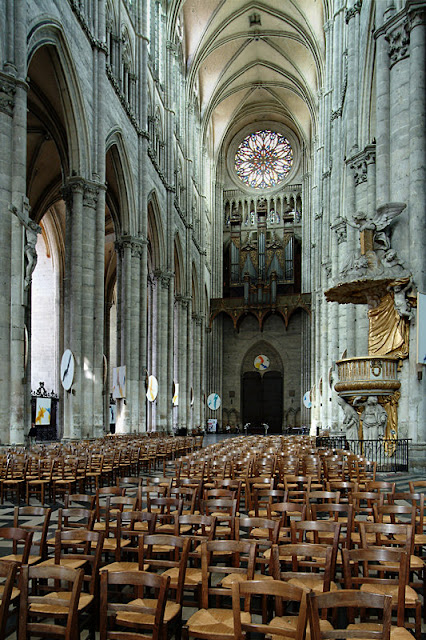

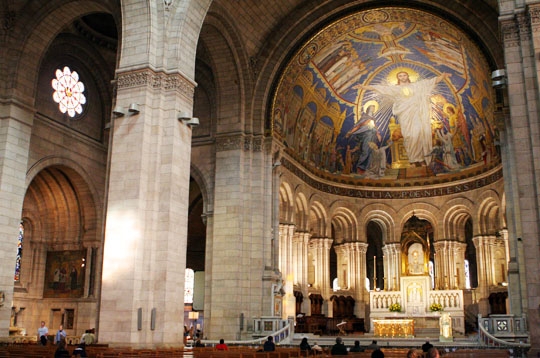
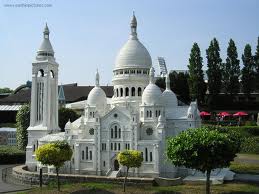.jpg)
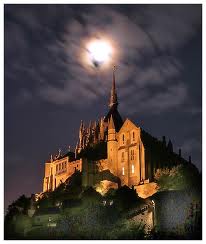.jpg)

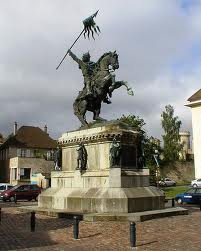.jpg)
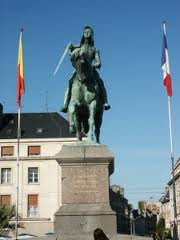.jpg)